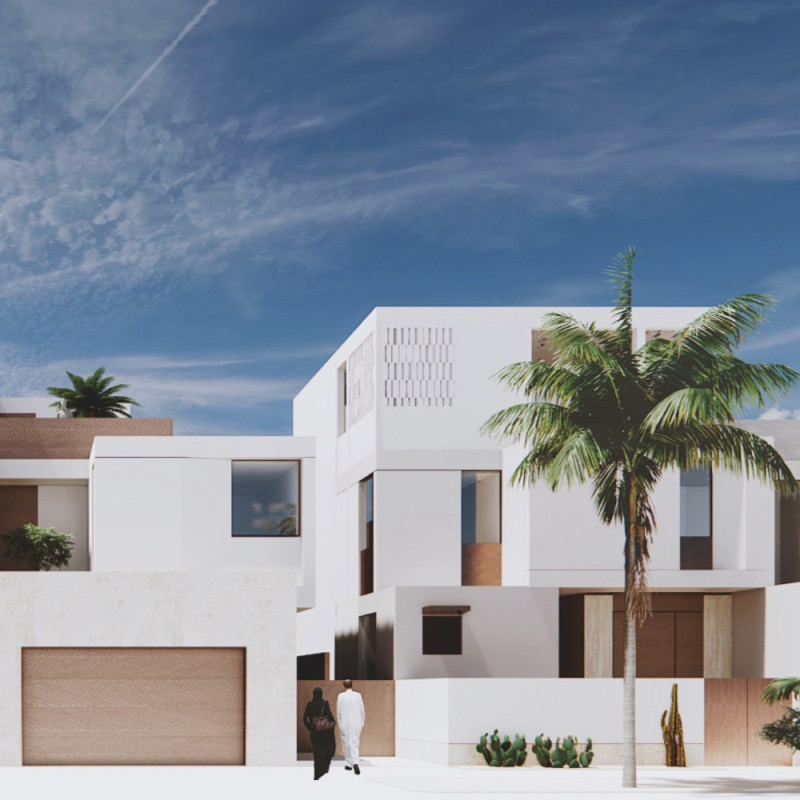5 key facts about this project
This project serves multiple functions, making it a vital addition to the local community. The design is centered around creating a space that accommodates various activities, with emphasis on flexibility and adaptability. Such foresight ensures that the building can evolve to meet the changing requirements of its users, promoting continuous engagement and interaction. The incorporation of communal spaces invites collaboration and fosters connections, which is a testimony to the underlying motivation behind the design.
A detailed examination of the project reveals several important elements that underline its architectural identity. The exterior façade employs a blend of materials that not only enhance its visual appeal but also serve practical purposes. The strategic use of brick provides durability and a sense of historical continuity while elegantly integrating modern materials such as glass and metal that contribute to the overall dynamism of the design. The careful selection of these materials reflects an understanding of both the local climate and the cultural context, allowing the building to resonate with its environment.
Landscaping plays a pivotal role in this architectural project. The integration of green spaces around the structure not only enhances its aesthetic character but also promotes sustainability. Native plants are utilized to reinforce ecological balance, displaying a commitment to environmental responsibility. Outdoor areas are designed to serve as extensions of the building, offering informal gathering spaces that encourage outdoor activity and community interaction.
The interior layout maximizes space efficiency and usability, featuring thoughtfully designed openings that enhance natural light and ventilation. This creates a welcoming ambiance within the building. Flexible room layouts equipped with modular furniture allow for easy reconfiguration, ensuring that the space remains functional for a variety of activities, from exhibitions to workshops. Such adaptability is essential in contemporary architectural practice, highlighting the need for spaces that can respond to user demands.
Uniquely, the project incorporates sustainable building practices throughout its development. Elements such as energy-efficient systems, rainwater harvesting, and solar energy integration demonstrate a commitment to minimizing the environmental impact. Utilizing these technologies not only reduces operational costs but also educates users about sustainability, making it a leading example of responsible architecture.
In terms of design methodologies, this project reflects insightful architectural ideas that challenge conventional boundaries of layout and structure. The interplay between open and enclosed spaces is particularly notable; the design promotes an organic flow that encourages movement and exploration. Varying ceiling heights and open sightlines provide visual interest and spatial dynamics that enhance the user experience.
The use of local materials is another unique aspect of the project. By sourcing materials from nearby suppliers, the design not only supports the local economy but also further roots the building within its context. This choice is a conscious effort to weave the project into the fabric of the community, creating a dialogue between the architecture and its occupants.
With a focus on promoting interaction, sustainability, and adaptability, this architectural project stands as a model for contemporary design that meets the diverse needs of its users. The thoughtful integration of materials, innovative design solutions, and commitment to the environment establish a strong foundation for its role within the community.
For those interested in obtaining a deeper understanding of the project’s architectural fabric, it is highly encouraged to explore the detailed architectural plans, architectural sections, and various architectural designs that further illustrate the project’s nuanced components and ideas. This exploration will reveal the complexity and richness behind the developed spaces, providing insight into the carefully crafted architectural narrative.


























